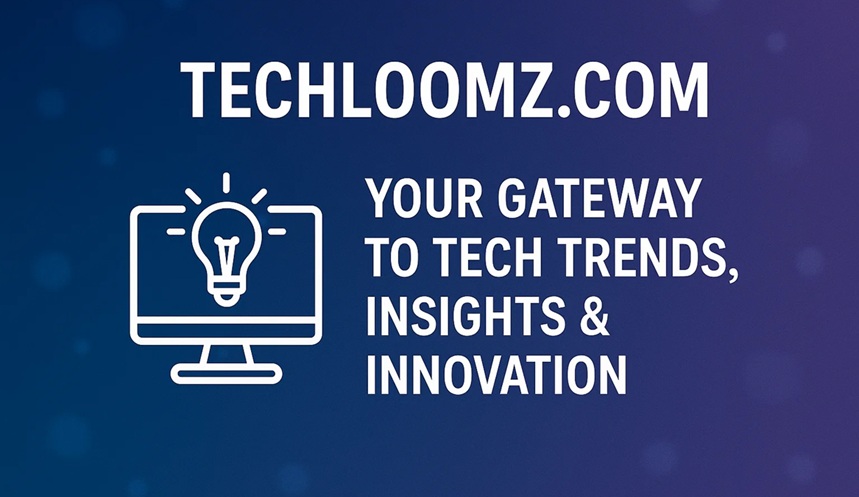What is lna2u9h2f1k7?
The term lna2u9h2f1k7 refers to a groundbreaking innovation in its field, characterized by its unique principles and applications. Emerging from the need for advanced technological solutions, lna2u9h2f1k7 has a lineage that traces back to significant developments in the respective area. This innovation underlines the evolution of methodologies and systems designed to enhance efficiency and efficacy in various applications.
At its core, lna2u9h2f1k7 is a synthesis of various technological advancements, embodying key principles that define its functionality. The foundational aspect of lna2u9h2f1k7 is its ability to integrate seamlessly with existing frameworks, which not only enhances performance but also offers scalability. This feature is particularly significant in fast-evolving industries where adaptability is crucial.
The historical context surrounding lna2u9h2f1k7 plays a vital role in understanding its inception. Various technological milestones paved the way for the development of this innovation, highlighting the need for solutions that address specific challenges faced by users. As these challenges became more pronounced, the quest for lna2u9h2f1k7 gained momentum, ultimately resulting in breakthroughs that now serve as the backbone of numerous applications.
In terms of its significance, lna2u9h2f1k7 is not just a product of research; it is also a catalyst for change within its domain. The combination of theoretical knowledge and practical application fosters an environment where innovation thrives. Consequently, lna2u9h2f1k7 stands as a testament to human ingenuity, illustrating how dedicated efforts can lead to impactful advancements in technology and industry as a whole.
Applications of lna2u9h2f1k7 Across Industries
The technology sector has witnessed transformative advancements through the application of lna2u9h2f1k7. Its integration into data processing systems has significantly enhanced computational efficiency and speed. For instance, within the realm of artificial intelligence, lna2u9h2f1k7 enables faster data analysis and smarter decision-making capabilities. By leveraging this innovation, organizations can process vast amounts of information in real-time, leading to improved performance metrics and optimized operations.
In healthcare, lna2u9h2f1k7 holds remarkable potential for improving diagnostic accuracy and patient care. Through the incorporation of lna2u9h2f1k7 technologies, medical professionals can access and analyze patient data more effectively. A case study involving a leading hospital illustrates how lna2u9h2f1k7 facilitated personalized treatment plans based on genetic profiling, allowing for customized interventions that significantly enhanced patient outcomes. Moreover, telemedicine solutions powered by lna2u9h2f1k7 have made healthcare more accessible, enabling patients to consult specialists remotely without geographical limitations.
Environmental science is another field benefiting from lna2u9h2f1k7 technologies. The ability to analyze ecological data with precision aids in monitoring environmental changes and assessing the impact of human activities. For example, researchers have employed lna2u9h2f1k7 applications to study air quality and track pollution levels in urban areas. This proactive approach not only helps in understanding environmental challenges but also supports the development of effective strategies for sustainable practices and pollution reduction.
Across various sectors—from technology to healthcare and environmental science—the adaptability of lna2u9h2f1k7 demonstrates its capacity to improve efficiency, enhance decision-making, and contribute to better overall outcomes. As industries continue to innovate, the role of lna2u9h2f1k7 is set to expand, further underscoring its significance in diverse applications.
Innovative Trends Surrounding lna2u9h2f1k7
In recent years, the landscape of lna2u9h2f1k7 has witnessed remarkable advancements driven by innovations that are reshaping its applications and functionalities. A significant trend is the evolution of machine learning algorithms that enhance the performance and efficiency of lna2u9h2f1k7 technologies. These algorithms analyze vast datasets, allowing stakeholders to gain deeper insights and improve decision-making processes, thereby fostering greater productivity in various sectors.
Another noteworthy trend is the integration of Internet of Things (IoT) technologies with lna2u9h2f1k7 systems. This amalgamation facilitates real-time data collection and analysis, enabling businesses to streamline operations and improve customer experiences. The synergy between IoT and lna2u9h2f1k7 expands the capabilities of existing applications and opens doors to new possibilities, such as enhanced automation and predictive maintenance.
Research advancements in materials science are also contributing to the evolution of lna2u9h2f1k7. The development of novel materials with superior properties enhances the performance of lna2u9h2f1k7 devices, making them more robust, efficient, and versatile. Researchers are exploring nanomaterials and composites that promise increased durability and effectiveness, which are critical in demanding applications ranging from telecommunications to healthcare.
Moreover, current developments focus on sustainability and energy efficiency in lna2u9h2f1k7 technologies. As the demand for eco-friendly solutions rises, innovators are seeking ways to reduce energy consumption and carbon footprints associated with lna2u9h2f1k7 deployments. This shift not only meets regulatory requirements but also aligns with the growing commitment of organizations towards sustainable practices.
In essence, these innovative trends significantly impact the trajectory of lna2u9h2f1k7, presenting opportunities for new entrants and established players alike to harness its potential effectively. Stakeholders must stay informed of these developments to remain competitive in an evolving market landscape.
Future Prospects and Challenges for lna2u9h2f1k7
The future of lna2u9h2f1k7 presents a landscape filled with both promising opportunities and potential challenges. As this innovative technology continues to evolve, it has the capacity to transform various sectors, including healthcare, finance, and education. However, realizing its full potential depends on a multitude of factors that must be navigated carefully.
One of the major prospects for lna2u9h2f1k7 lies in its ability to drive efficiency and enhance productivity across industries. The growing demand for automation and intelligent systems has positioned lna2u9h2f1k7 as a valuable asset. Companies that capitalize on this potential may achieve significant competitive advantages. Furthermore, as institutions begin to understand the benefits of lna2u9h2f1k7, we can anticipate increased investment and research in this field, fostering further innovations and applications.
Conversely, several challenges threaten the growth of lna2u9h2f1k7. Regulatory considerations are a primary concern; as governments worldwide grapple with the implications of emerging technologies, establishing clear guidelines becomes essential for market acceptance. Without a solid regulatory framework, businesses may hesitate to adopt lna2u9h2f1k7, fearing compliance risks and legal repercussions.
In addition to regulatory challenges, market acceptance plays a critical role in the future of lna2u9h2f1k7. Adoption rates can be sluggish if stakeholders lack a comprehensive understanding of the technology’s benefits. Further, technological barriers—including integration with existing systems and the need for skilled personnel—could impede widespread implementation.
Ultimately, the forward trajectory of lna2u9h2f1k7 will hinge on addressing these multifaceted challenges while leveraging the opportunities for innovation and growth. Engaging stakeholders in discussions about these prospects is essential for cultivating a balanced view and promoting a collaborative approach to overcoming hurdles. This holistic perspective will be crucial in shaping the future landscape of lna2u9h2f1k7.



